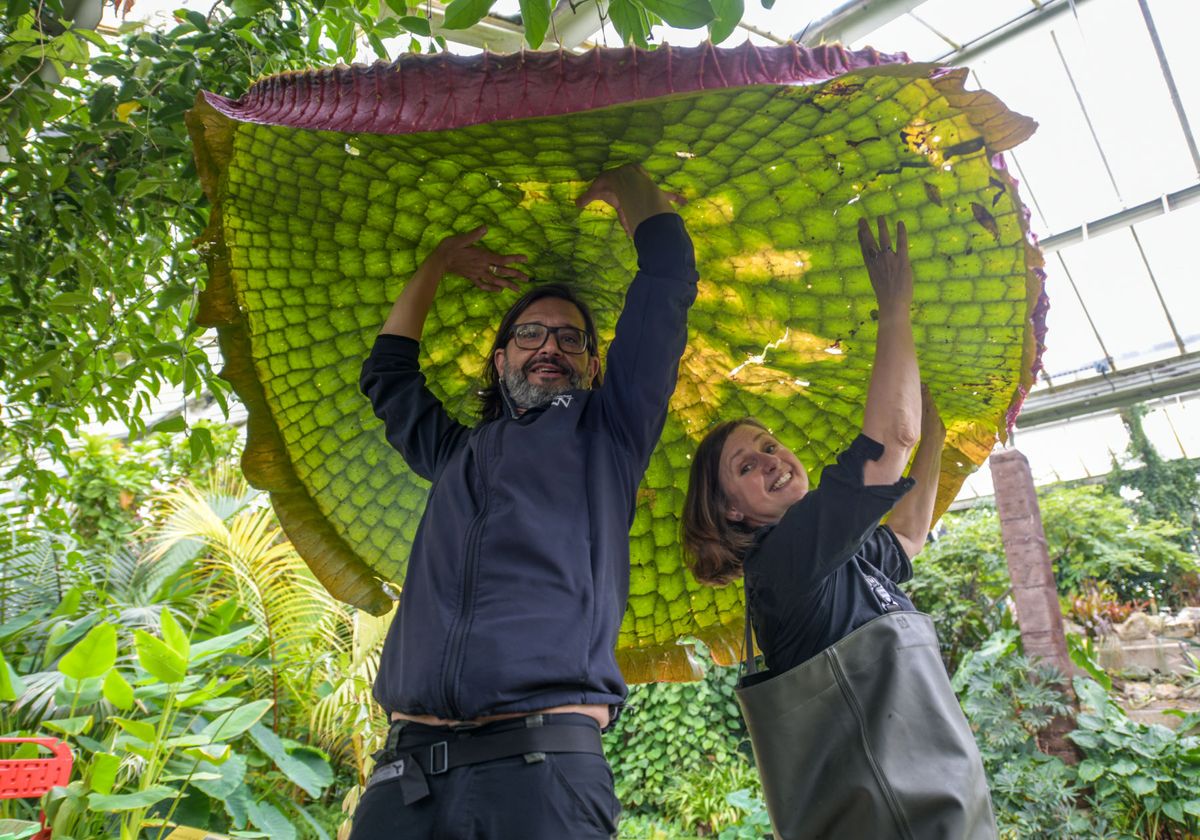
When researchers first brought the world’s largest waterlily species to the Royal Botanic Gardens Kew in London from South America in 1852 and described it scientifically, they named the genus Victoria in honor of Queen Victoria. At the time, scientists thought that the species that contained the largest waterlilies on Earth was Victoria amazonica. But now, 177 years later, a genetic analysis has revealed that the size crown actually belongs to a distinct species that diverged from its close cousin 1 million years ago. The species, now dubbed V. boliviana, was described last month in Frontiers in Plant Science. The pads on these lilies can grow 3.2 meters in diameter and are able to support the weight of an adult, though their spiny texture makes them a less than ideal seating option. The pink and white flowers bloom at night and are roughly 35 centimeters across.
